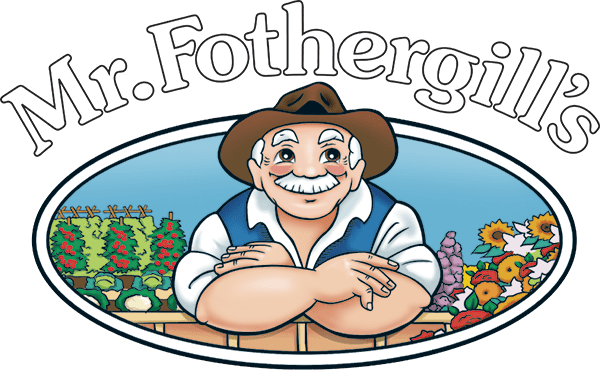Bee kind and welcome pollinators into your garden

Pollinators such as bees, butterflies, and insects play an essential role in our gardens. They transfer pollen from one flower to another, fertilising plants so they start forming fruits and seeds. Did you know that 70 of the top 100 most popular food crops are pollinated by insects? In total, they pollinate around 80% of all flowering plants on Earth!
Unfortunately, these beneficial insects are under increasing threat due to pesticides, parasites, urbanisation, and climate change – but we can help them by using responsible gardening practices. What exactly are these practices we can use at home to help out beneficial insects? Check out our tips below!
How to encourage pollinators into your garden
Plant flowers
Bees are drawn to bright colours, particularly blue, white, and purple, so planting bee-friendly flowers in your garden will attract bees to your garden and provide them with the pollen and nectar they need to survive. Flowers such as Calendula, Cornflower, Poppy, Nemophila, Marigold, Lavender, and Alyssum should see your garden become a hive of activity. Herbs such as Sage, Rosemary, Basil, Thyme, and Mint are also favourites. Native bees, many of which are stingless, prefer native flowers so Swan River Daisies are a must. For butterflies, plant varieties with nectar-rich flowers, and ones that provide a place for the butterflies to lay their eggs. Varieties such as native violets, lavender, marigolds, and natives such as bottlebrush and native wisteria are some favourites. Now since butterflies start off as caterpillars, you will need to tolerate chewed-up leaves.
Eliminate the use of harsh pesticides and herbicides
Insecticides are rarely selective in what they kill, by spraying for bad insects, you’re more than likely going to kill the good insects too. A large number of common plant pests can be managed using companion planting and by encouraging beneficial predator insects and parasitoids into your garden. By creating a favourable habitat for the beneficial insects, you will have a better chance of controlling the pests. If you must spray, look for insecticides that are more natural in nature, and use them sparingly. Be sure to read the warning labels though, even natural pesticides such as pyrethrum are known for their toxicity to bees, so they should be sprayed at dusk or dawn before the pollinators are about.
The same goes for herbicides, by spraying weeds (especially flowering ones such as clover) you may be poisoning the beneficial insects that feed on their flowers. Weeds usually appear due to issues with your soil, be it compaction, over/under watering, pH imbalances, or mineral deficiencies within the soil. By addressing these issues you can make your soil less desirable to weeds, eliminating the need for poisons. For example, clover thrives in nitrogen-deficient soils, feeding your lawn with a nitrogen-rich fertiliser will help eradicate clover from your lawn without the need for herbicides.
Provide shelter
Protect your pollinators from predators and encourage them to stay in your garden by providing them with a haven they can call home. Bees like to nestle into small gaps and be protected from the rain. Bee houses have become increasingly popular as they offer a range of little hidey holes for bees to seek shelter in. Butterflies do not like wind, so houses that shelter from the wind will see butterflies hang around your garden.
Water
Just like any living organism, insects need water, so supplying an insect-friendly water source in your garden will help keep them hydrated during the long hot Aussie Summer. Bees can’t swim so make sure you include a little float for the bees and butterflies to land on as they drink. A rock placed in a shallow dish of water is a good idea.
With the world’s bee, insect, and butterfly populations needing protection, Mr Fothergill’s is focused on producing products that will help increase the bee and beneficial insect population to keep them pollinating our crops far into the future. That’s why we have produced a range of Bee, Butterfly, and Insect sanctuaries and Bee and Butterfly attracting flower mixes, so you can encourage these little pollinators into your garden.
View the range here. These products are also available at Bunnings and Local Independent Garden Centres nationwide.


